Seek the mayglow while you can, for it is fleeting
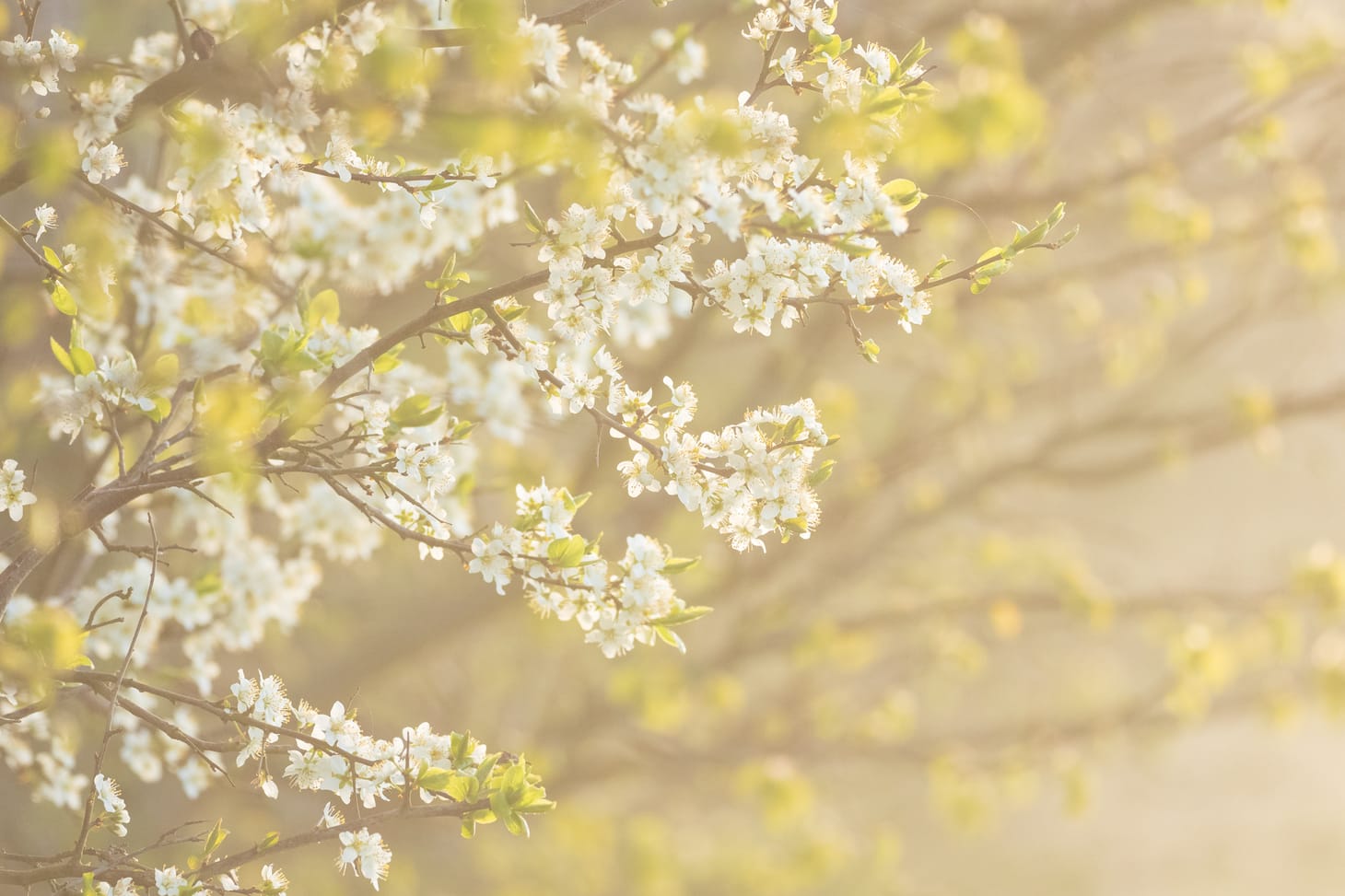
May has long been one of my favourite months of the year, but it's not all about Scottish Alpine spring, as you might expect from a mountaineer based in Scotland. One of the things I have learnt about myself is that I need more from nature than mountains. This May, I've been spending a bit of time back down south in Lincolnshire, and have been seeking the mayglow.
I don't remember where or when I first came across this portmanteau word, but I do remember that it spoke to me on an intuitive level. I could picture it at once: the ethereal, dreamlike radiance of blossom and mist and fresh greenery, intricate and floating and divine, as much emotional state as sensory experience. It doesn't have to appear in May. Much like Scottish Alpine spring, it can be glimpsed from March to June – and not just glimpsed, because mayglow at its best is a full-body immersion in nature, a symphony of springtime.
Perhaps mayglow is a seasonal archetype. A primordial force that rises up through the centuries, anoints a particular time and place in fleeting glory, and is then gone like a sunbeam. Laaaaaa!
The last few weeks have featured several journeys up and down from Scotland. Visiting friends and meeting their new babies for the first time. Our niece's seventh birthday party. Next weekend, a family wedding. In between I've been spending time wandering the old paths of what I know as Warblerland, the corner of Lincolnshire ings that single-handedly gave me the strength to survive the Covid lockdowns. (For more about that time, as well as a few more mayglow photos, see my entry 'The voices of birds: a greening of lockdown'.)
Yesterday evening, Hannah and I visited a very special nature reserve a short walk from where we used to live. Some of the most exceptional orchid meadows in Lincolnshire are concealed behind hedges just out of sight of the road. Public access is allowed, but local knowledge of this precious place is rightly kept low key. It could so easily be loved to death. It's frequented by roe deer, badgers, foxes, bats, otters, and barn owls. Whitethroats and sedge warblers saw and scratch in the hedgerows.
Do you know what surprises and saddens me the most? Until the 1960s, ings such as these were to be found all over eastern England. This tiny scrap of unimproved wet grassland was saved by the Lincolnshire Wildlife Trust in 1969, and since then it has been maintained by a traditional pattern of haymaking and conservation grazing. It now stands alone, surrounded on all sides by the bleak monoculture of modern industrial farming.

I was shooting film as usual, so the images from this year will have to wait until they're developed. But here are some other photos from the same meadow over the last few years. The magic of mayglow may be ephemeral, but it's one we can all find and enjoy – and it seems to bless this little corner of the world more often than you might expect. Nature really does thrive when we give it half the chance. Perhaps the mayglow is a gift from the universe, a brief reminder of what we're fighting for.
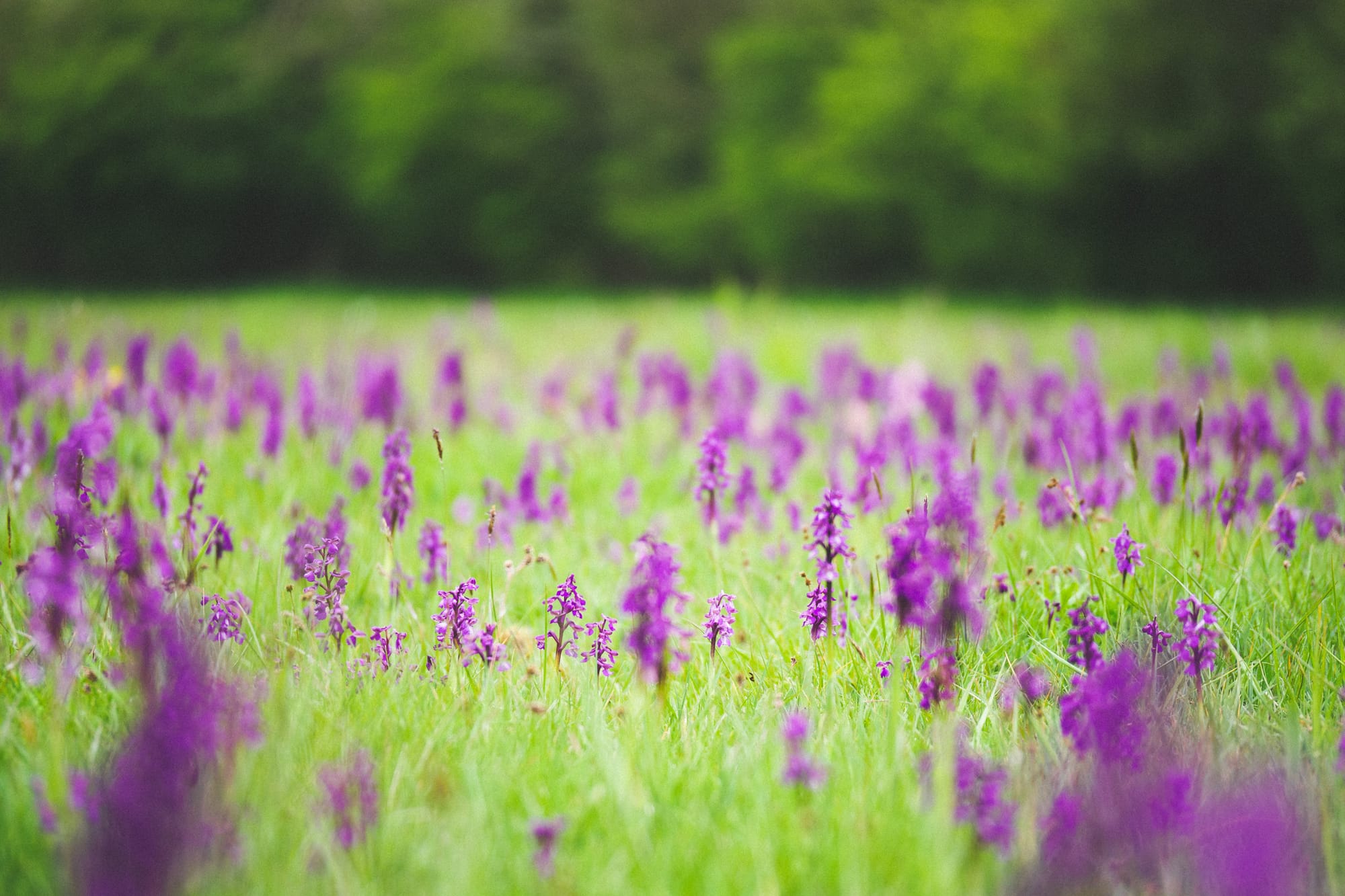
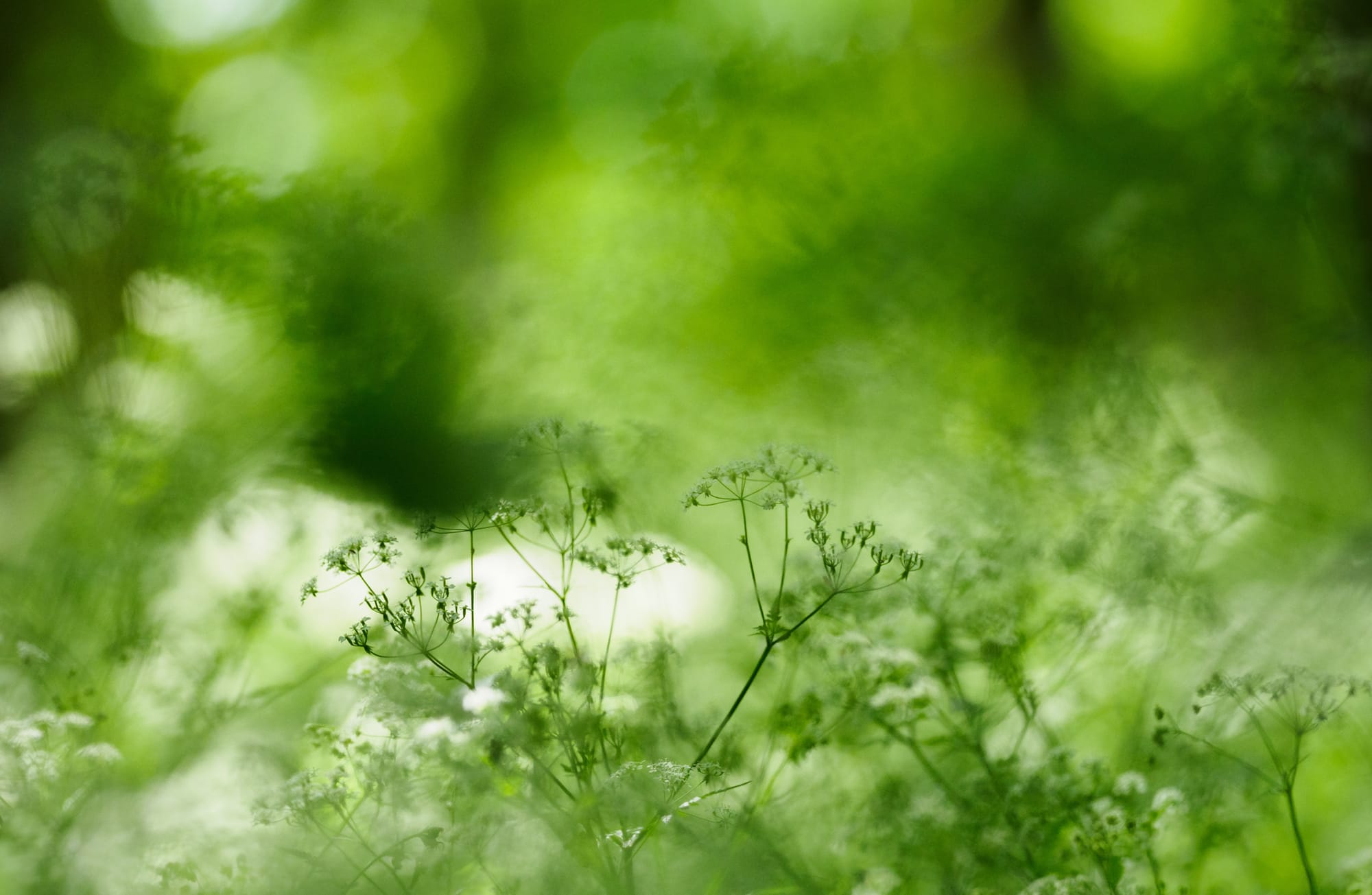
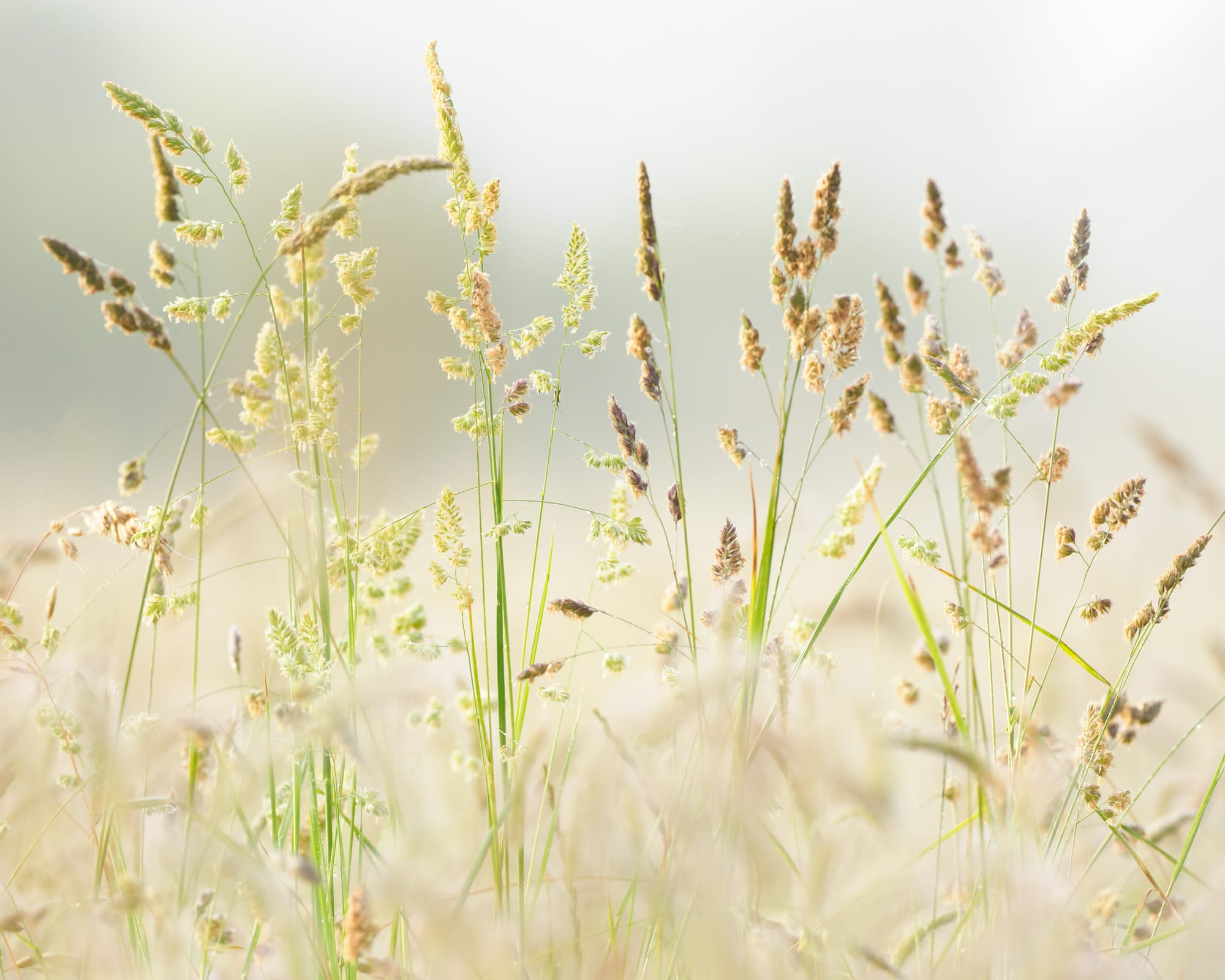
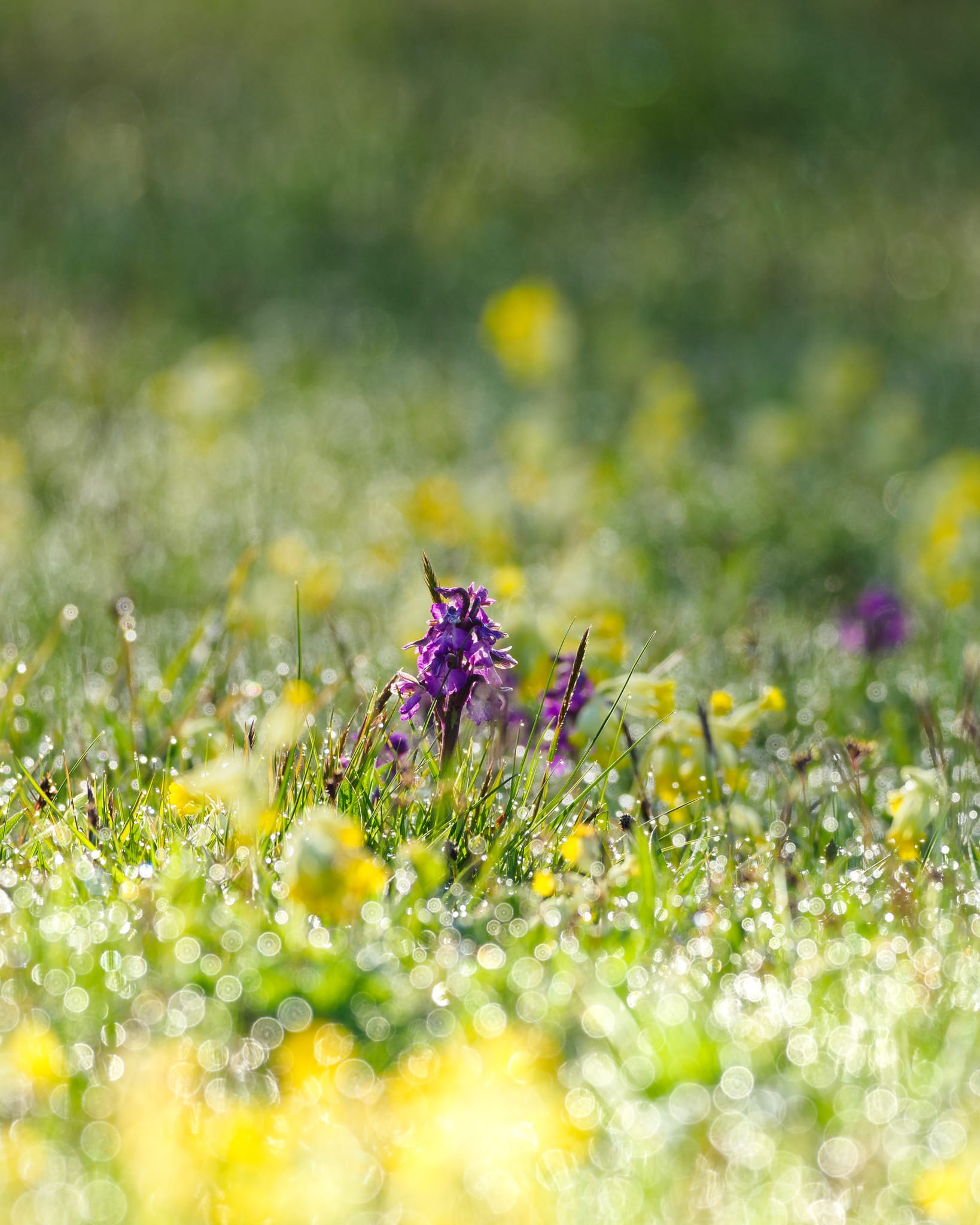
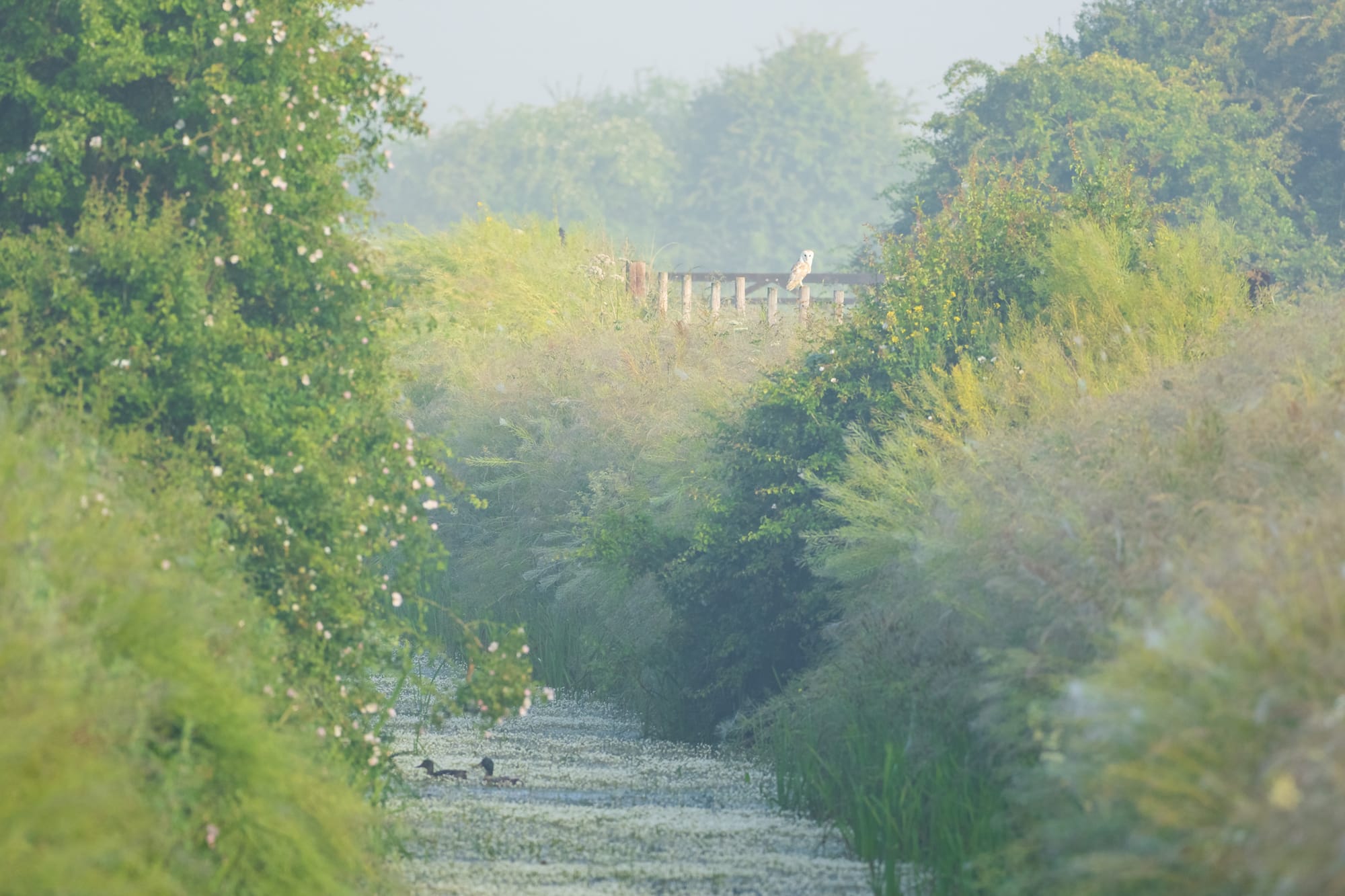
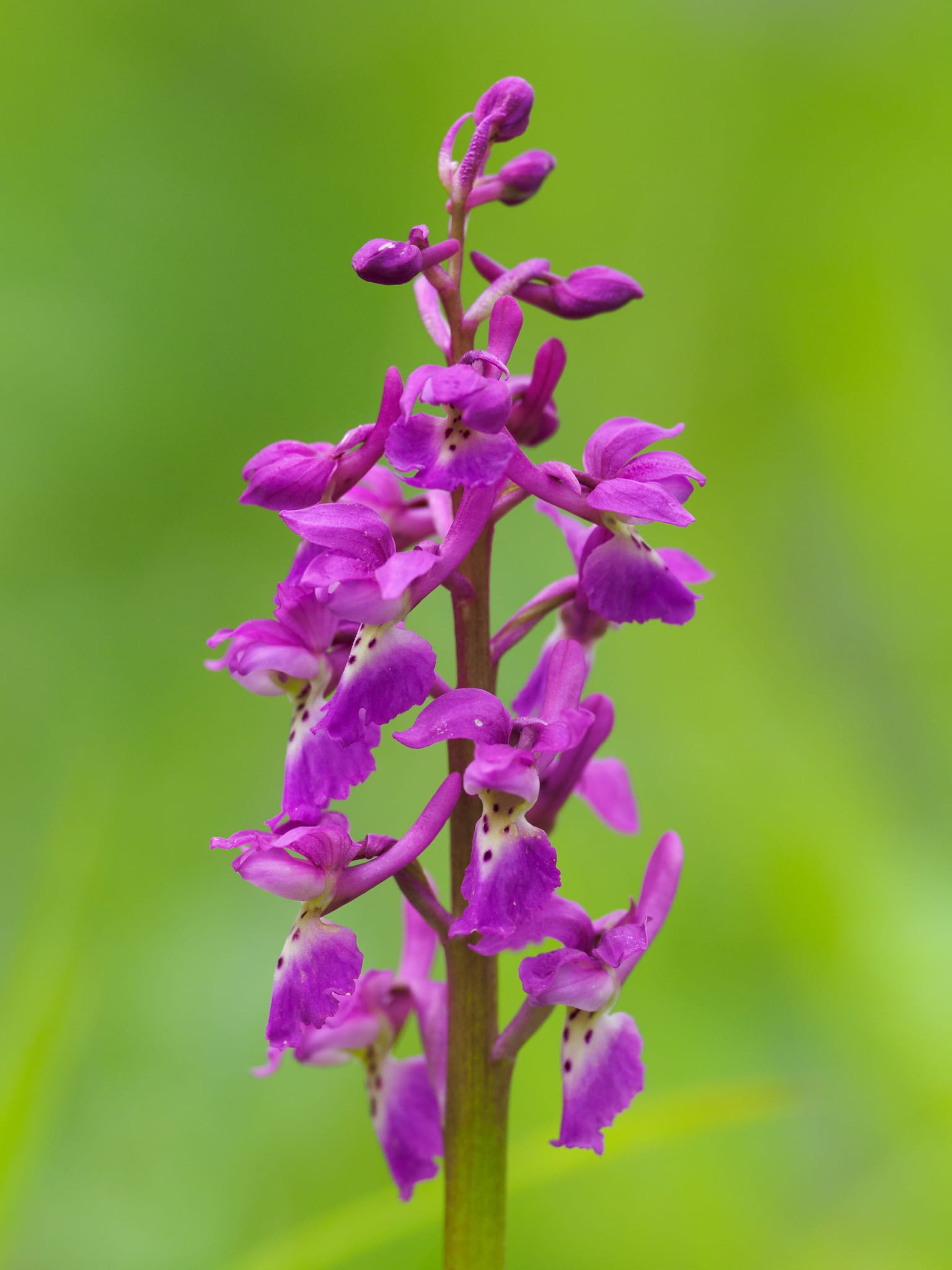
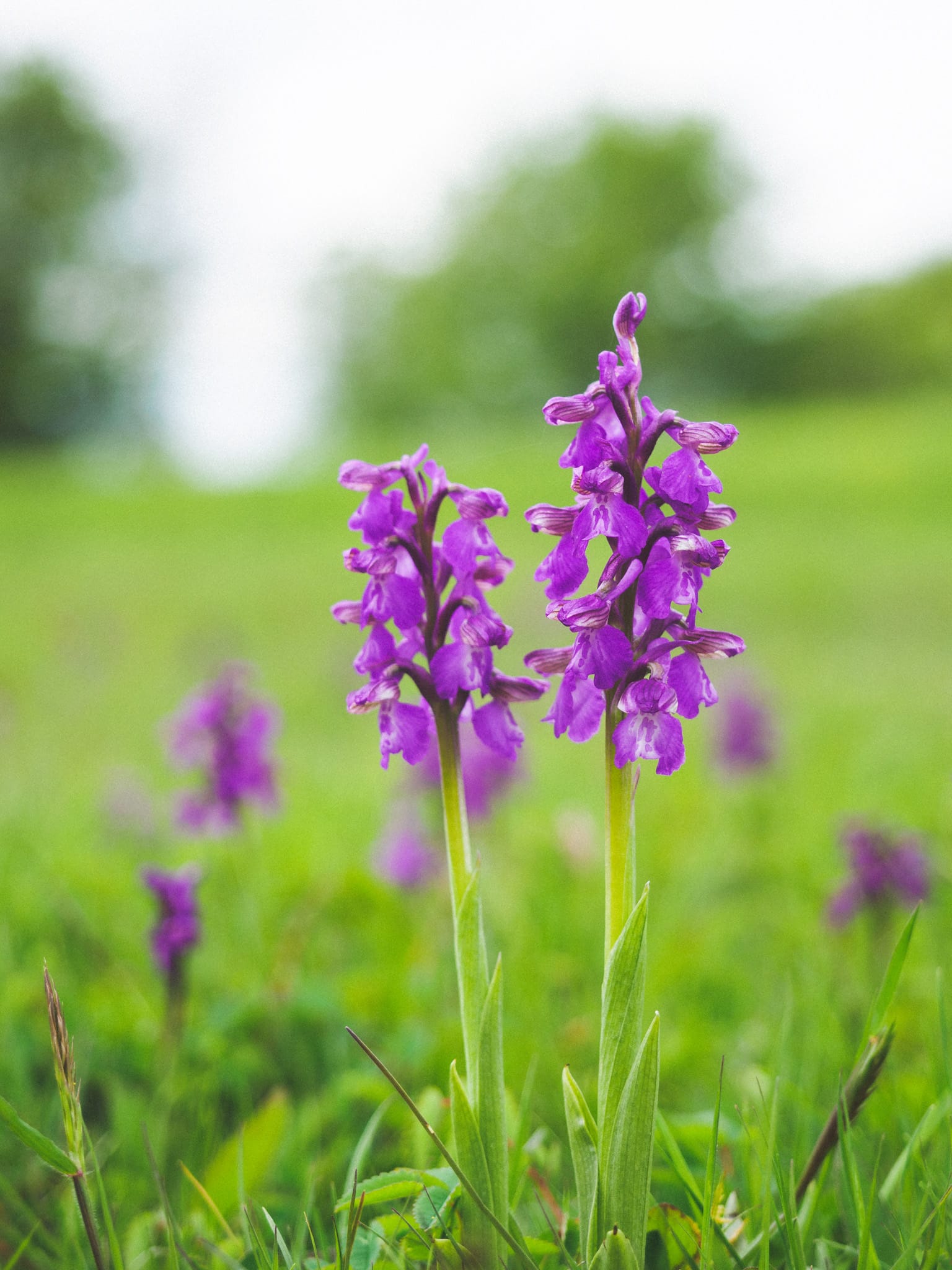
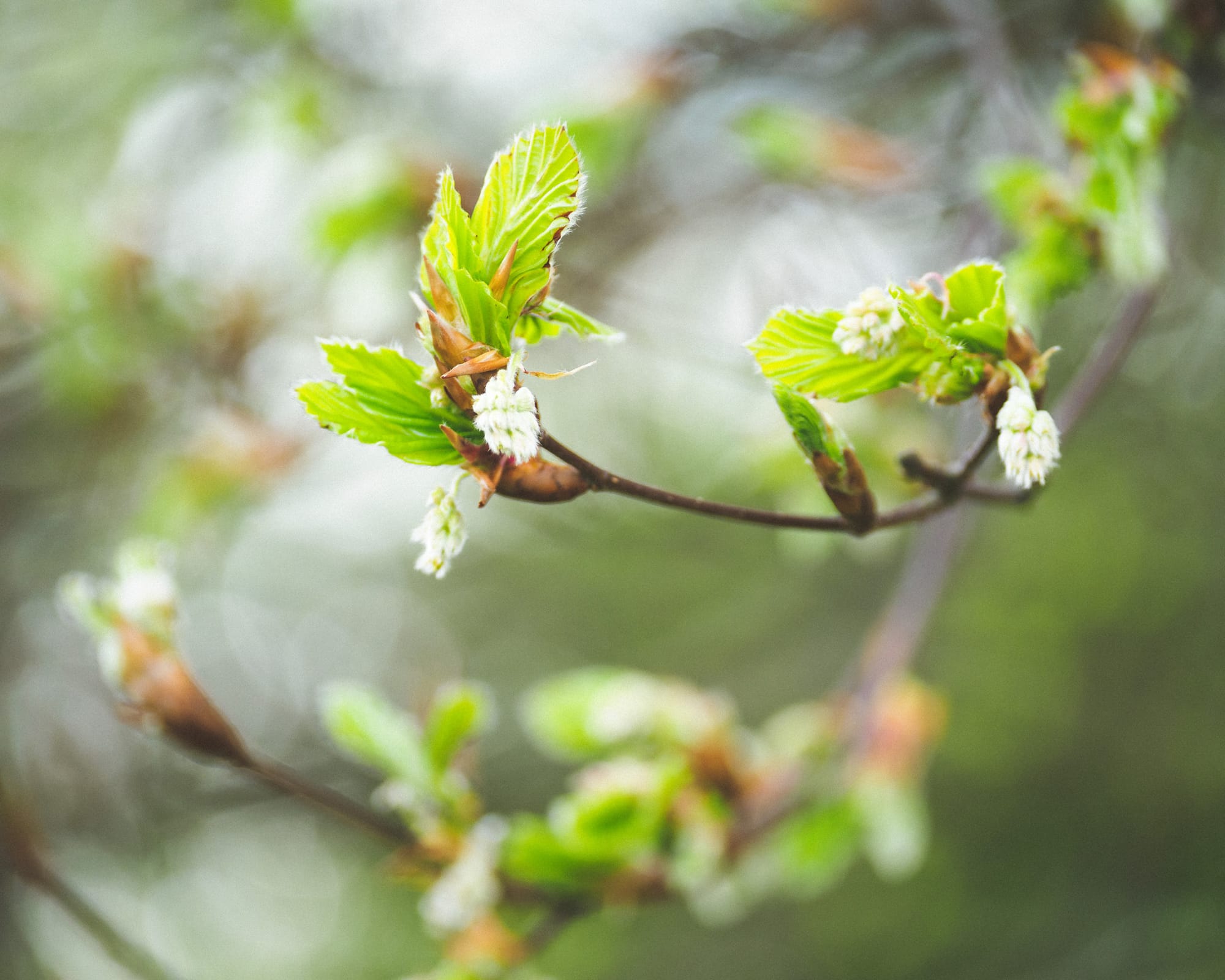
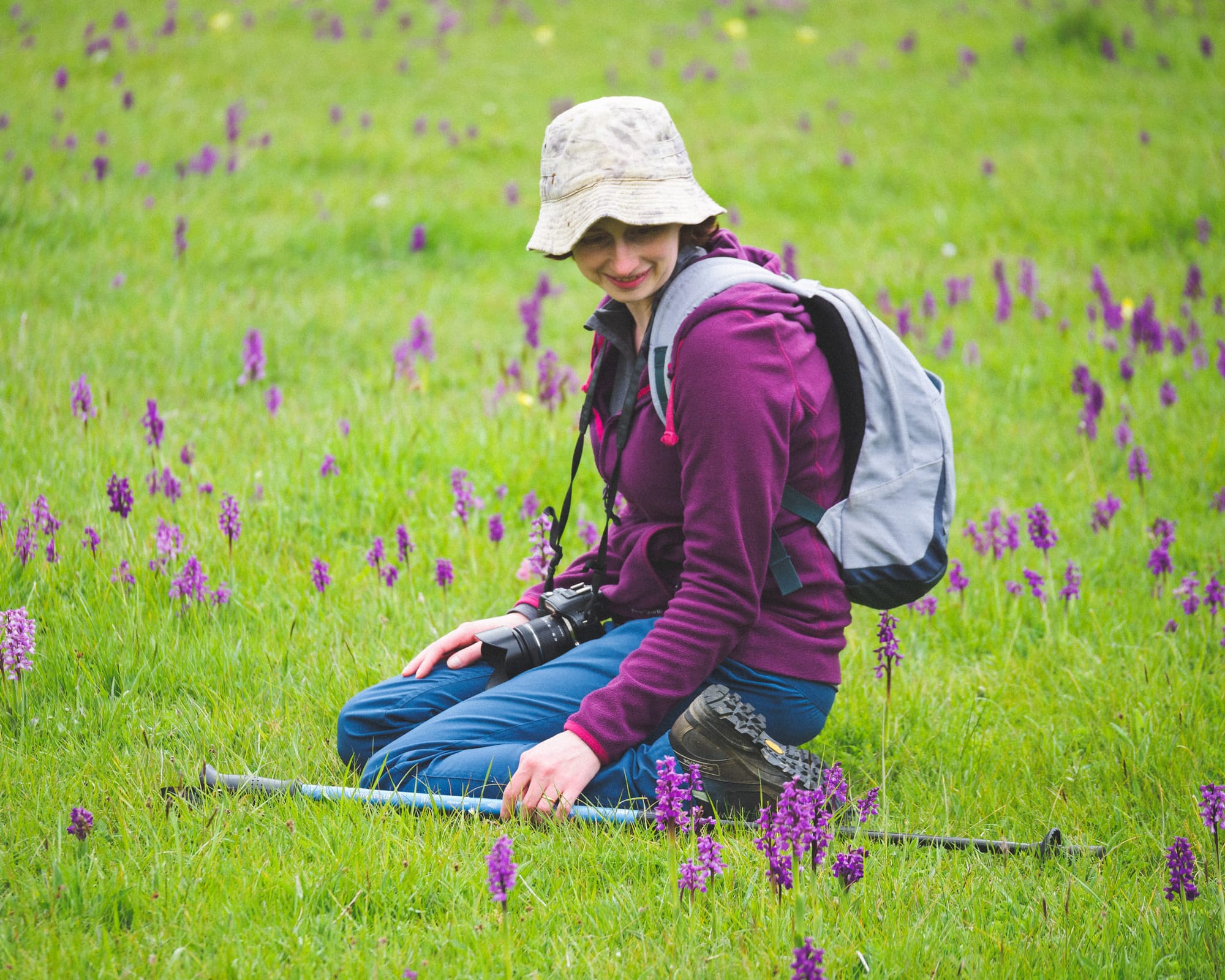
You'll find more relevant thoughts about all this, not to mention more mayglow (and mayglow-adjacent) photos, in my post from 2022 called 'Last months in Lincolnshire'. Perhaps the unifying thread in all this is that in order to notice we simply must be present.
Parting thoughts: does mayglow have a dark counterpart? A seasonal archetype that stands in opposition to it, perhaps lurking in the season of crows and hostile mud?
If you'd like to support my writing and photography, you can buy me a coffee. Thank you!
All images © Alex Roddie. All Rights Reserved. Please don’t reproduce these images without permission.
Alex Roddie Newsletter
Subscribe here to receive my occasional personal newsletter in your inbox. (For the fun stuff, please consider subscribing to Alpenglow Journal instead!)



